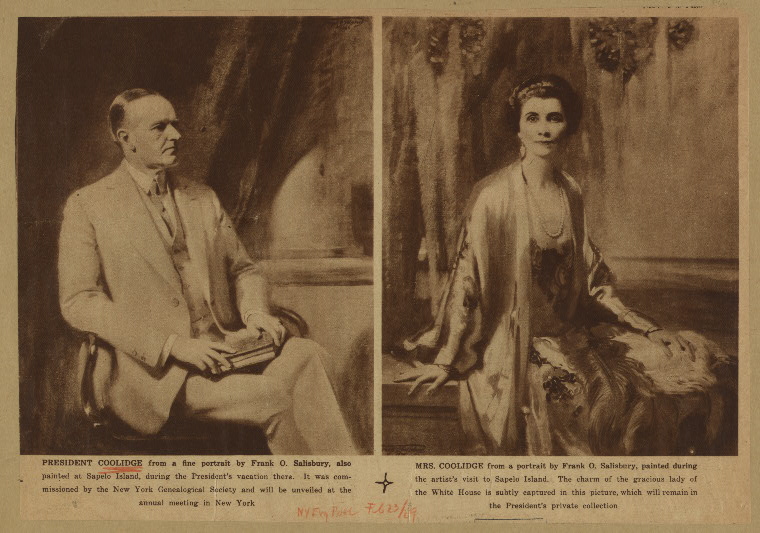The Coolidge Curve
When the United States entered World War One in 1917, tax rates were increased to pay for it and remained high after the war. The federal income tax was enacted in 1913 with a starting rate of 1.0% on income under $20,000 ($621,000 in 2023 dollars) – at a time when the average income was about $600 ($18,600) – and a top rate of 7.0% on income over $500,000 ($15.5 million), and 358,000 returns were filed.

At the time of President Warren G. Harding’s sudden death and succession by Calvin Coolidge in August 1923, the starting rate was 4.0% on income under $4,000, the top rate was 58.0% on income over $200,000, and 7.7 million returns were filed.
Nevertheless, spending ran significantly ahead of revenues. As a result, federal government debt leapt from $1.2 billion in 1914 to $25 billion in 1919; indeed, by 1919 the interest on the debt was as large as the debt itself had been in 1914.
Part of the problem was that higher rates did not necessarily yield higher revenues. As Thomas Sowell notes:
The Treasury Department estimated that investment in tax exempt securities like municipal bonds had nearly tripled in a decade.
Harding blasted a federal “financial orgy” but struggled to restrain it. Coolidge set about the task with relish. With his budget director, Herbert Lord, he set targets for spending cuts, and he developed tax cuts with Treasury secretary Andrew Mellon. He announced his tax reforms in December; tax exempt securities would lose their special status and tax rates would be cut. Coolidge, who had a moral aversion to high taxes, echoed Mellon’s argument that lower rates “will not greatly reduce the revenue from that source, and may in the future actually increase it” by stimulating economic growth.
Coolidge and Mellon secured a compromise tax cut in 1924, but it wasn’t until Coolidge won a mandate of his own with victory in that year’s presidential election that their tax bill passed. As they pushed the bill through Congress, Amity Shlaes writes:
Coolidge was successful and by 1925 the starting rate of federal income tax was 1.5% on income under $4,000, the top rate was 25.0% on income over $100,000, and 4.2 million returns were filed.
And, as rates fell, revenues rose, especially from the rich. Cutting income tax rates and ending the tax exemption of securities like municipal bonds caused people to move their capital from non-taxable but economically unproductive investments into taxable – at lower rates – but economically productive investments which generated higher rates of economic growth, widespread prosperity, and higher tax revenues.
The number of people reporting incomes of over a million dollars increased from 21 in 1921 to 207 by 1925. Sowell writes that:
It isn’t true that tax cuts will always pay for themselves as Coolidge’s did, but neither is it true that cutting taxes will always reduce revenues. This was the central – correct – insight encapsulated in the famous ‘Laffer Curve’ in the 1970s. By then, however, it was at least 50 years old and might just have well been called the ‘Coolidge Curve.’
John Phelan is an Economist at Center of the American Experiment.

